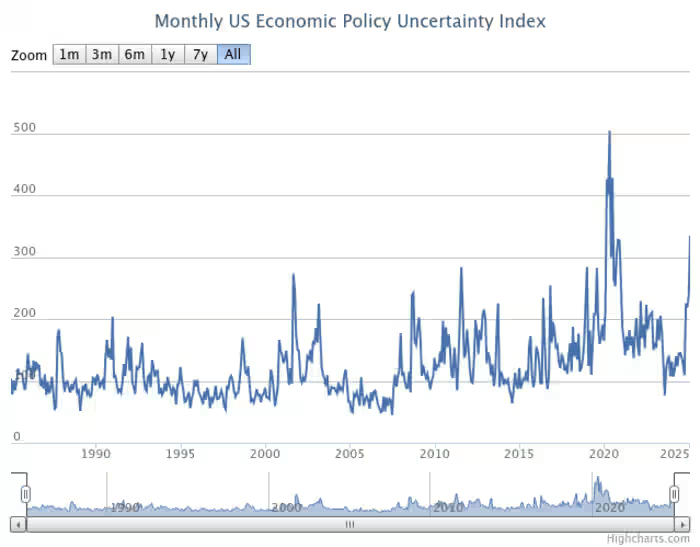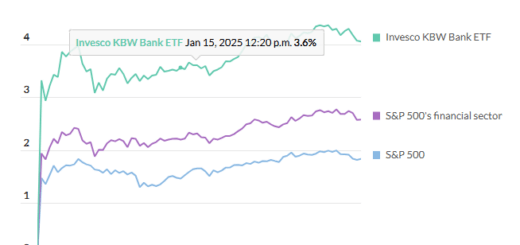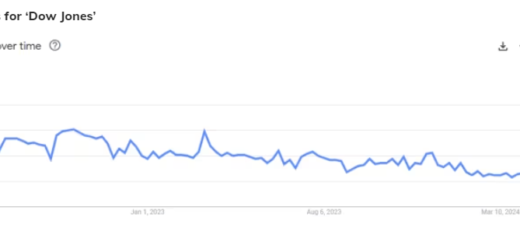The Domino Effect: How Extending Trump-era Tax Reforms May Pinch These 6 Groups
Challenges in Financing Tax Cuts: Who Bears the Burden?
The traditional approach of funding tax cuts through debt may no longer be feasible. Over the past few decades, Congress has often opted for reducing tax rates, interrupted only by occasional tax hikes during periods of fiscal restraint.
However, the landscape is changing as the United States grapples with escalating healthcare costs and the prospect of increased spending on Social Security due to an aging population.
The emergence of rising interest rates and recent inflation presents a new hurdle not encountered in generations. The impending expiration of much of the 2017 tax-rate reduction, particularly lower income-tax rates, looms large. Previously, tax cuts were commonly financed through borrowing, but there’s now apprehension that further tax reductions could exacerbate inflationary pressures.
Both President Joe Biden and his predecessor, Donald Trump, advocate for making most of these tax cuts permanent. Nevertheless, there is mounting pressure to identify means to offset their costs, potentially through tax hikes or budgetary adjustments.
Here’s an examination of who might shoulder the load:
- Wealthy taxpayers: Biden’s proposal to increase taxes for the top 2% of earners could generate approximately $1.4 trillion over the next decade.
- Large corporations: Although the 2017 tax overhaul permanently reduced the corporate tax rate, discussions about raising it are underway to finance potential tax extensions.
- Pass-through business owners: The provision allowing these businesses to deduct a portion of their profits is costly. Letting it expire could create room for funding other priorities.
- Stock-market investors: Democrats may seek to raise taxes on various investment income sources, which could impact shareholder returns and corporate behavior.
- Social Security and Medicare recipients: Sustaining these programs without tax increases presents a challenge, potentially leading to benefit cuts or restructuring.
- Bondholders and consumers: Continued deficit spending may fuel inflation and interest rates, affecting consumers and holders of U.S. Treasury bonds disproportionately.
Achieving a balance between financing tax cuts and addressing fiscal obligations will be pivotal in the years ahead.




